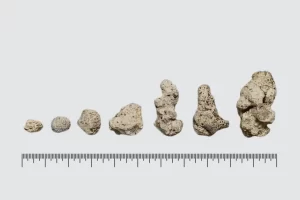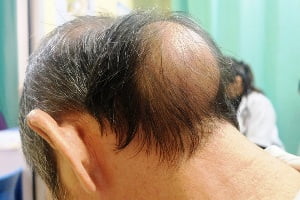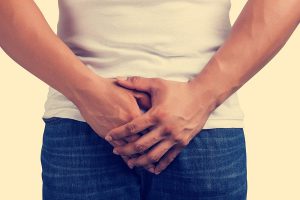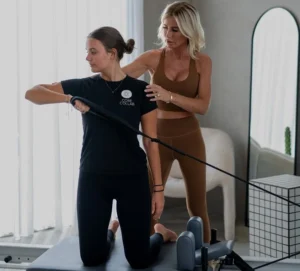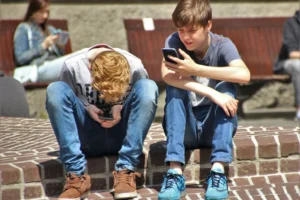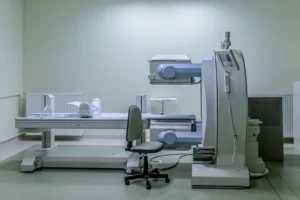How Older Adults Can Stay Active and Protected
- Updated on: Apr 24, 2025
- 4 min Read
- Published on Apr 24, 2025
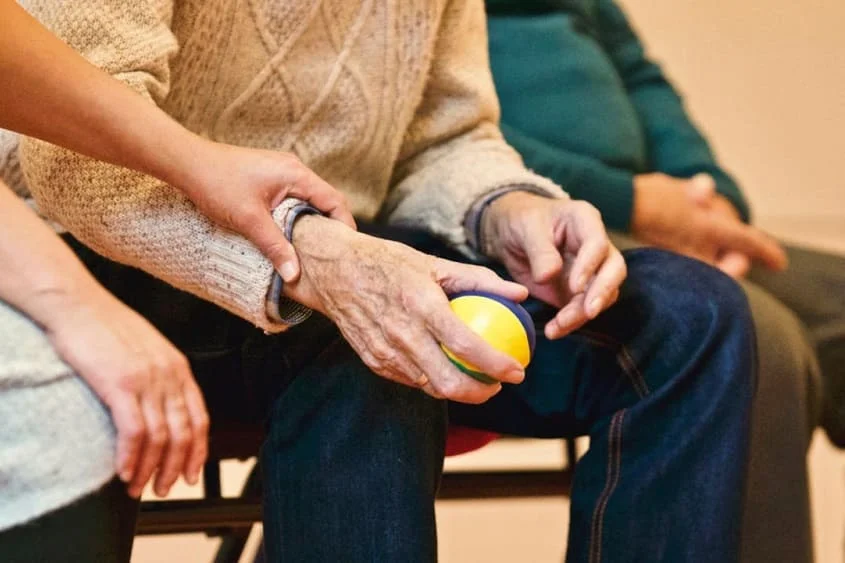
Have you ever thought your grandmother is more energetic than you? She manages to bake even though she’s up with the sun and jogging laps before lunch. Feeling protected at all times is just as crucial as being physically active.
The emphasis has changed as more individuals live longer and decide to remain in their homes. Now, it’s more important to make those years comfortable and free than it is to just add years. This entails figuring out clever strategies to remain safe, supported, and connected.
In this blog, we’ll explore how older folks can be active while also staying protected—at home, in their communities, and beyond.
Aging in Motion: Why Activity Still Matters
There are other ways to stay active than running marathons. It could be as simple as walking the dog or dancing in the kitchen. Doing it often is more important than doing it quickly.
Regular movement supports heart health, balance, and brain function. It helps lower the risk of chronic illness and keeps the mind sharp. Just as important, it helps older adults stay independent.
Activity also brings connection. A stroll can spark conversation. A class can build friendships. Staying active keeps people engaged—in their routines and with the world around them.
Feeling Secure While Staying Independent
There’s a difference between being active and being… well, reckless. Older adults want to move freely, but they also want peace of mind. After all, no one enjoys worrying about “what ifs” every time they go out for a stroll.
That’s where the right tools really matter. Beyond the flashy fitness trackers, some of the most useful innovations are straightforward. A device designed for medical alert for seniors living at home offers reassurance to families and helps older adults stay active with greater confidence.
It’s no longer just about emergency call buttons. Today’s devices include fall detection, GPS, and wellness checks. Some features send alerts without pressing anything. These tools let seniors live actively and independently. They offer support without disrupting daily routines. Comfort and safety now work together smoothly.
The rise of smart home technology has made safety more convenient than ever. From voice-activated assistants that can call for help to apps that notify caregivers of missed medications, staying protected doesn’t mean staying tethered.
Protection also means knowing someone is just a call away. Whether you live alone or with a partner, that kind of reassurance changes how you move through the world.
The Mental Game: Staying Sharp and Centered
Staying active isn’t just physical. Mental agility counts too. Older adults are embracing lifelong learning, from online courses to book clubs. They’re doing crossword puzzles, playing trivia games, and even joining virtual chess leagues. All of it keeps the mind working, adapting, and growing.
And then there’s mindfulness. More seniors are increasingly exploring meditation. Yoga is all the rage. Sometimes just quiet moments of reflection are enough. That’s not some temporary Instagram trend. Not at all. It’s a proven way to reduce anxiety, improve sleep, and lower blood pressure.
The past few years made stress feel more constant. It now affects people of all ages. For older adults, daily mental routines offer calm. They’re also tools for building inner strength. These habits support focus and emotional well-being. Clarity grows stronger in a fast-paced world.
Humor plays a role here too. Laughter really is good medicine. Sharing jokes, telling stories, or watching a feel-good show offers more than entertainment. It lifts mood and sparks connection. Staying mentally active doesn’t mean being serious all the time—it means being engaged.
Community Still Counts (Even When It’s Online)
One of the biggest health boosters for older adults isn’t found in a pill or a step tracker. It’s community. Being seen, heard, and valued matters. Doesn’t matter if it’s through faith groups, volunteer opportunities, or senior centers, those regular points of connection are vital.
Social connection isn’t just nice—it’s essential. Loneliness has been compared to smoking in terms of health impact. And while it’s gotten more attention since the pandemic, it’s always been a quiet threat.
Fortunately, today’s older adults are staying social in creative ways. They’re texting grandkids, hopping on Zoom calls, and joining Facebook groups that cater to their interests. They’re turning technology into a bridge, not a barrier.
Some are even becoming content creators—sharing cooking tips, music, or old-school wisdom with a growing online following. This isn’t just heartwarming. It shows that aging doesn’t mean fading into the background. It means shifting into a new, vibrant phase of life.
Food, Sleep, and All the Stuff We Usually Ignore
Let’s not forget the basics. Movement and safety mean little without proper fuel and rest. Nutrition is a huge part of staying active. But eating well doesn’t have to mean a seaweed salad every day. It can be simple. Think whole foods, bright colors, and the occasional treat.
Staying hydrated is key. Everybody knows this, sure. But so is limiting sugar and excess salt. That, however, does not mean your meals should be boring. Yes, cooking can be a creative outlet and a social activity! Trying new recipes or passing down old ones keeps the kitchen lively and connected to memory.
Then there’s sleep. Rest isn’t a luxury—it’s part of health. A solid sleep routine supports everything from mood to metabolism. And yet, sleep issues are common as people age. After all, good habits (such as limiting screens at night, setting regular bedtimes, and creating a calm sleep environment) go a long way.
Redefining Aging in a Fast-Changing World
We’re seeing a cultural shift. Aging is no longer being viewed as decline, but as evolution. Seniors aren’t sitting still—they’re voting, creating, mentoring, and advocating. They’re shattering stereotypes with every yoga pose and Instagram reel.
This matters because society needs to adjust too. Healthcare, housing, and urban planning must all respond to this growing, active population. That means walkable neighborhoods, more accessible services, and better support for aging at home.
And yet, the real shift is personal. When older adults take charge of their own health—physically, mentally, and socially—they help shape what aging will mean for generations to come.
Staying active and protected isn’t about fear. It’s about freedom. The freedom to move, explore, learn, and connect. The freedom to stay in your own space, surrounded by what makes you feel grounded.
It doesn’t matter if you’re walking a wooded trail, mastering a new recipe – or simply enjoying the quiet peace of a safe home, this stage of life can be just as vibrant as any other.
And maybe even more meaningful.
